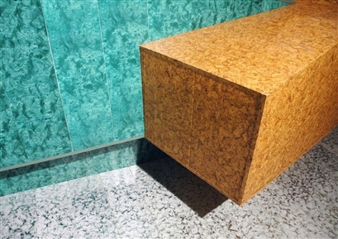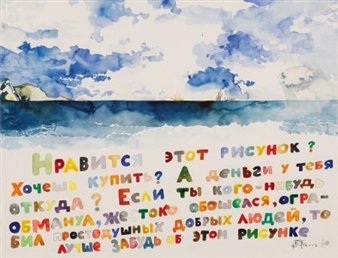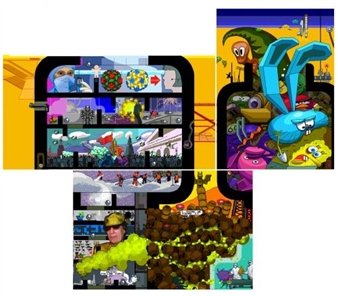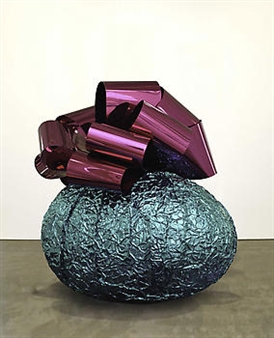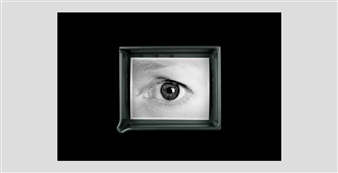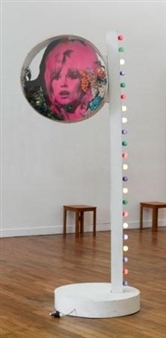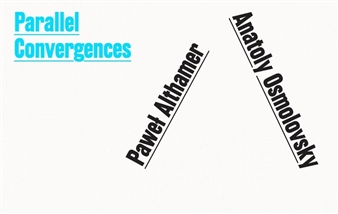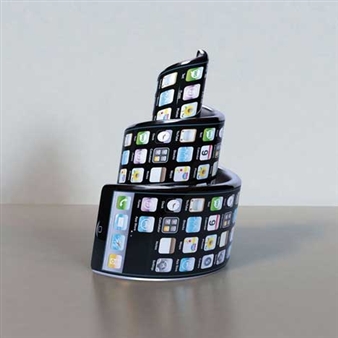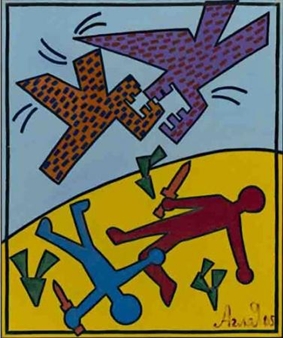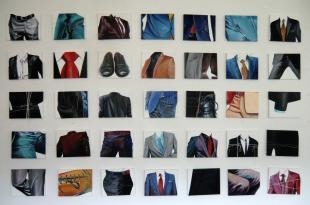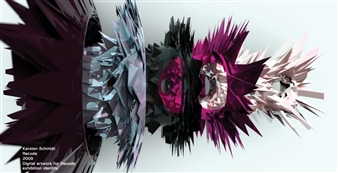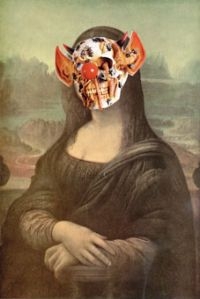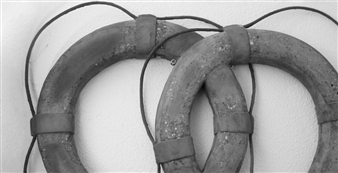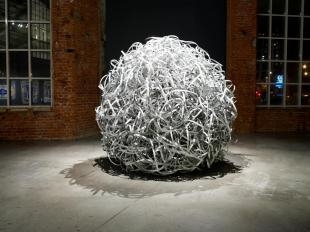1st Ural Industrial Biennial of Contemporary Art 2010

National Centre for Contemporary Arts, Ekaterinburg, Sverdlovsk, Ekaterinburg, 09/09/2010 - 10/10/2010
19a Dobrolubova Street
The biennial will take place in the Ural Workers Printing Press (main project) and in four large industrial plants (special projects) in the city of Ekaterinburg. The Ural Industrial Biennial is initiated and developed by the director of the National Center for Contemporary Art, Ekaterinburg branch, Alisa Prudnikova.
Ekaterinburg, formerly Sverdlovsk, is the capital of the Soviet Union’s industrial heartland, the Ural. When the USSR collapsed, the city's many heavy industries fell prey to economic malaise. But today, Ekaterinburg has become one of the hubs of Russia's resource economy, a site of accumulation following an era of shock privatization, a place where people dream with BRICs and awaken to the harsh realities of economic crisis. How should we understand all this new investor architecture, empty as of yet, all these new service industries, all that new imaginary "symbolic capital" produced by "creative professionals" and their underlings? What role does and can contemporary art play in such a place, when it comes to the half-operational spaces of Soviet industry? Can it be more than a shot in the dark, a fastmoving consumer commodity, a medium for gentrification, a plaything of the superrich? Can it be more than a reproduction?
The biennial's title is "Shockworkers of the Mobile Image,” and its main venue is the Ural Worker Printing Press, a constructivist building in the center of Ekaterinburg. Built in 1929-1930, this space prompts a dialogue with the most contradictory period of Soviet history, when the party sent shock brigades to build heavy industries in the middle of nowhere. Their superproductive labor was supposedly voluntary, heroic, based on enthusiasm and affect, but overseen by a growing security apparatus. Foreign experts and internationalists participated, reproducing and implanting mobile images of Fordist modernity. Their engagement was genuine, but remained blind to the harsh reality of intensifying exploitation. In many ways, Russia's transition to global post-Fordist capitalism is no less drastic, and today's global artists, filmmakers, and architects are shockworkers, too, and internationalist, no doubt, capable of an affective solidarity much like that of the pre-fascist 1930s. They come to distant cities, working nights to build temporary factories that reproduce images, affects, and social relations, factories where free time takes on form and becomes a commodity. In Ekaterinburg, this temporary factory taps into a vast reservoir of amateur creativity, harkening back to an age when it seemed like all the shockwork was over...
Curated by Cosmin Costinas (Amsterdam/Utrecht), Ekaterina Degot (Moscow), and David Riff (Moscow/Berlin), "Shockworkers of the Mobile Image" draws together the work of more than 40 artists and filmmakers in a dense curatorial narrative. Confirming the idea that any biennial is a clone, the exhibition consists almost entirely of copies, reproductions, rips, and long-distance works. Forgotten classics and historical displays reveal a geneology for contemporary art in Soviet film and architecture, ever present in the space itself. Research-based installations elucidate Ekaterinburg’s present and the relation of its working class population to the past. Remakes and reprints of older works examine the reproducibility and mutability of the image of labor, and how it conceals more than it reveals. There is a strong weighting on film and typography as the mobile media of choice. A film screening program of longer features is also part of the show. YouTube collections of Moscow conceptualism are juxtaposed with the amateur creativity of post-Soviet printers who decorated the entire space of the printing press with collages. Is there is anything about “Soviet creativity” that resists the endless workday of post-Fordism? Or is it too a resource of Russian resource capitalism?
